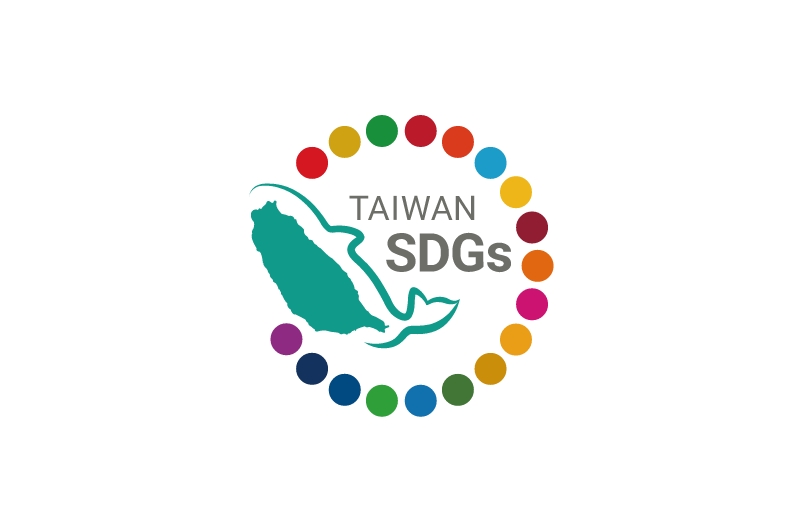
The Ministry of Environment (MOENV), together with 15 governmental units, 20 academic institutes, and more than 40 academics and specialists, will conduct a high-definition 3D air quality experiment starting on February 1, 2024, to investigate the relationships between air pollutants, atmospheric circulation, and topography, as well as conduct an international joint measurement campaign. Meanwhile, NASA of the U.S., Taiwan, and countries such as South Korea, Thailand, the Philippines, and Malaysia are carrying out air quality experiments on flights over Asia. Today (February 15), NASA research aircraft equipped with instruments for measuring gaseous pollutants such as volatile organic compounds (VOCs) and polycyclic aromatic hydrocarbons (PAHs), as well as the particle size distribution, particle number concentration, and chemical components of aerosols, will fly from the Philippines to South Korea, traveling through the airspace of south-central and eastern Taiwan for about four hours to observe air quality, aiming to collect precise, high-resolution data. This is the first large-scale international collaborative experiment led by the Ministry of Environment involving other ministries, and various academics and experts. It signifies an upgrade to air quality observation capabilities, advancing beyond ground-based monitoring to integrated 3D observation, and also opens a new chapter of collaborative monitoring of the atmospheric environment.
The MOENV stated that the air quality experiments will include: two NASA-Taiwan collaborations on ground-based air quality monitoring supersites; a National Oceanic and Atmospheric Administration (NOAA) vertical spectrometer station; intensive ground-based sampling by domestic academics, and; use of advanced technology such as drones, wind profilers, wind radar, airborne balloons, solar photometers, and satellite remote sensing to simultaneously monitor physical characteristics, chemical composition, and 3D distributions of various air pollutants. NASA's research airplanes equipped with precision instruments will observe vertical changes in the composition and concentration of air pollutants in real time during flight, providing high resolution spatio-temporal analysis of airborne data in the areas they traverse. Through this cooperation agreement with NASA, the MOENV is looking forward to sharing high-resolution air pollution observation data and participating in large-scale international experiments. Together with the ongoing high-resolution experiments, the MOENV hopes to comprehensively assess the 3D changes of air pollutants and the causes of air pollution in the southern region of Taiwan. This information will help formulate or renew the national air pollution control strategy, and also will serve as a model for scientific research, policy making and international cooperation.
Sources:MOENV
